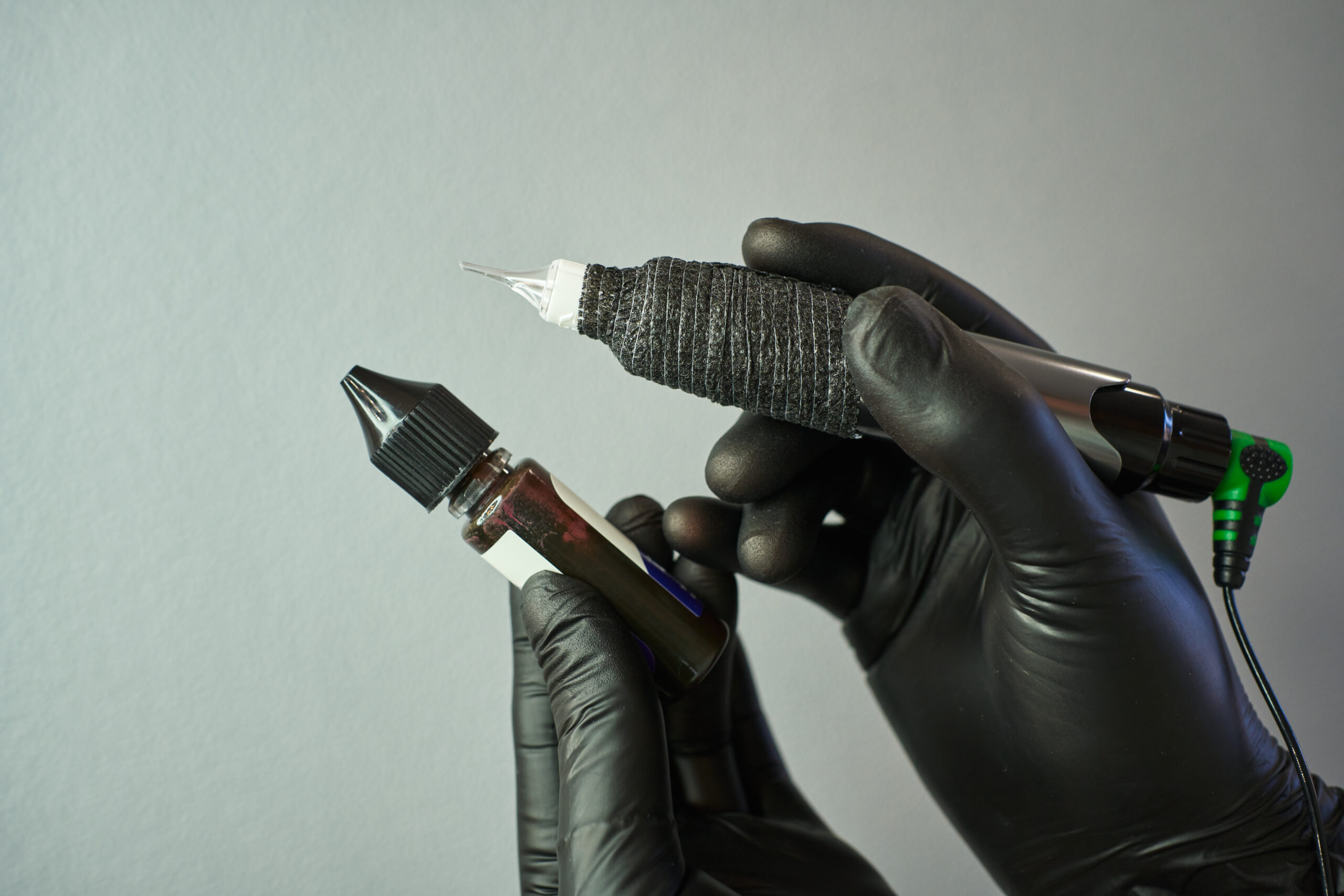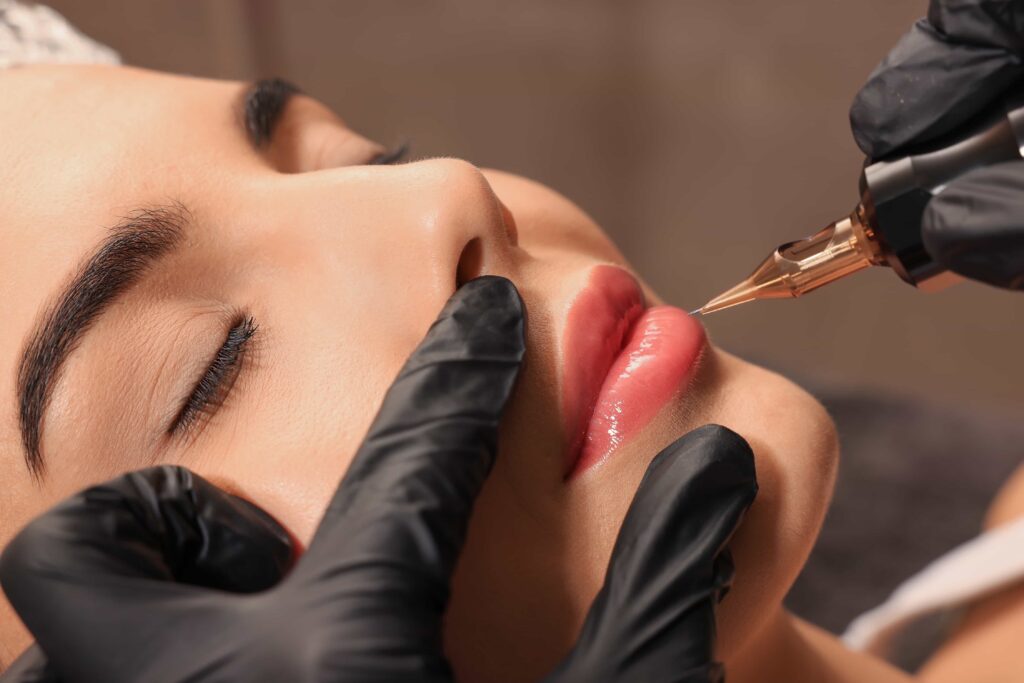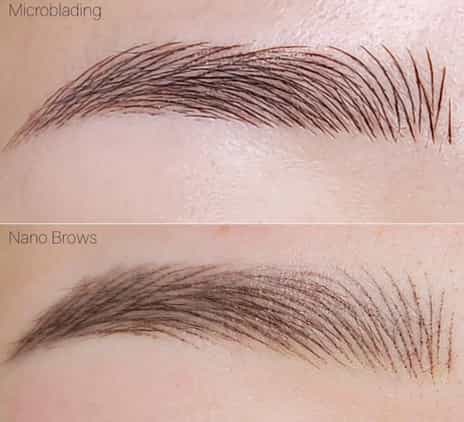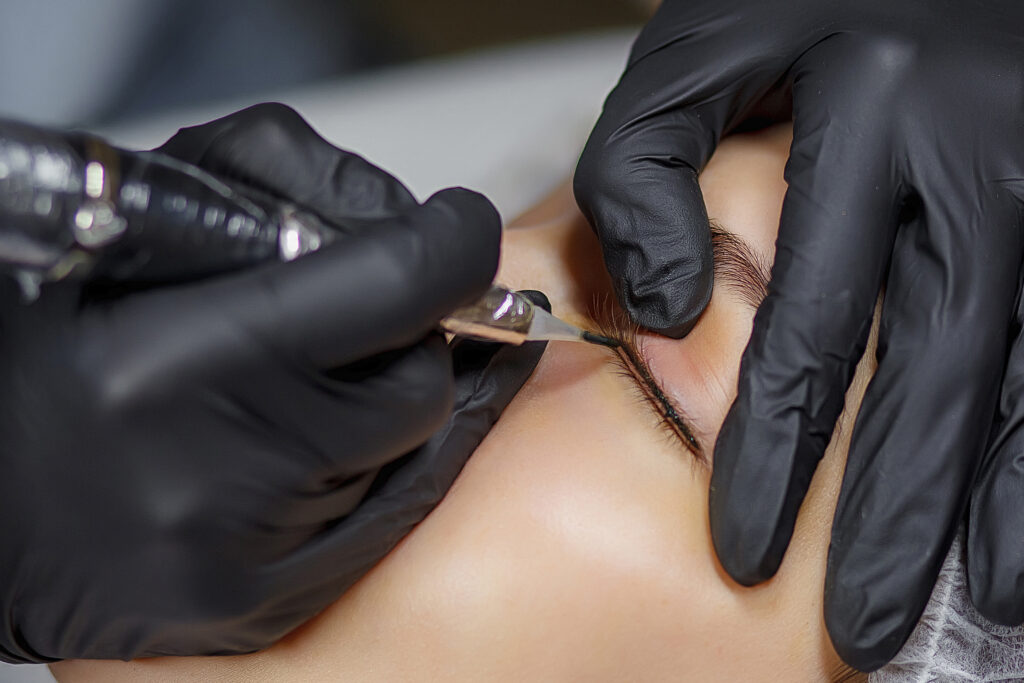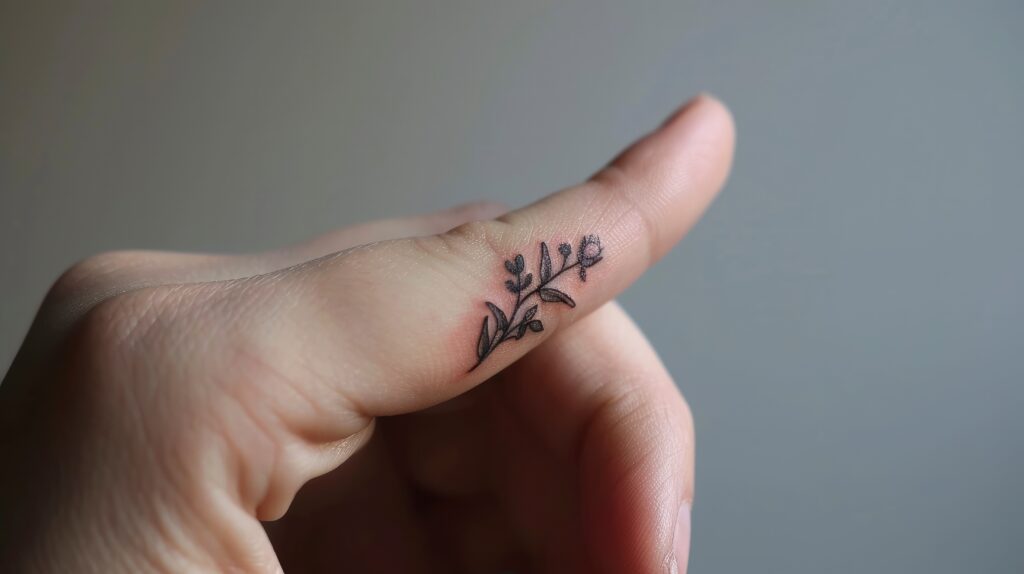Micropigmentation uses an electric tattoo device, as the scalp's thicker skin requires more power for penetration.
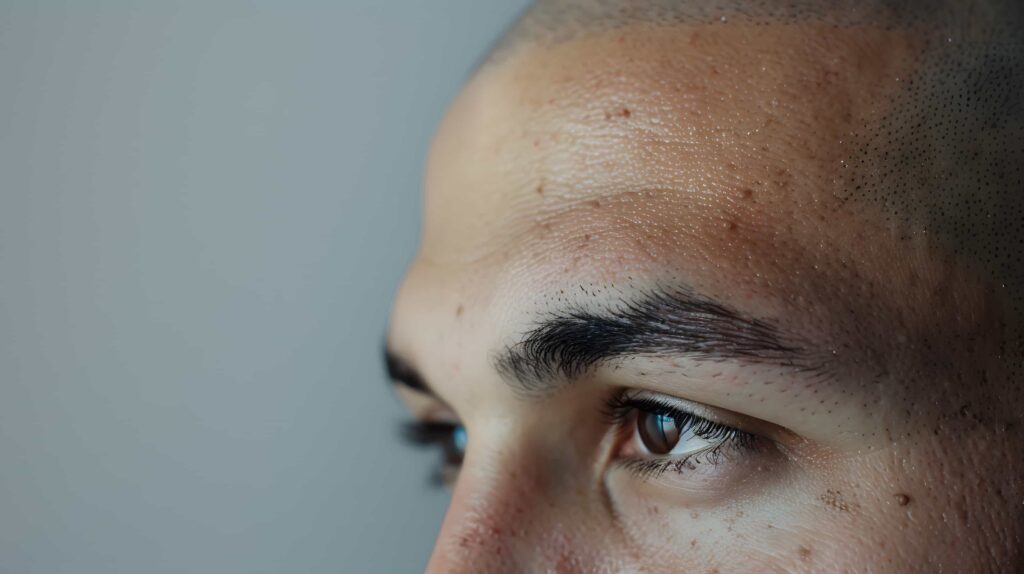
Scalp micropigmentation is a cosmetic procedure designed to address thinning hair and hair loss. This technique is often referred to as a “hair tattoo.” A qualified provider utilizes fine, small needles to apply minute dots of pigment onto the scalp, creating the visual effect of increased hair density. The pigments employed in scalp micropigmentation are cosmetic-grade and classified as permanent inks.
When executed by a skilled technician, scalp micropigmentation can effectively conceal areas of thinning hair on the scalp. Additionally, it has the capacity to mask birthmarks or scars.
This treatment can also simulate the appearance of closely cropped or shaved hair, providing the illusion of a “buzz cut” for individuals who are bald. Importantly, scalp micropigmentation is a non-invasive procedure that does not necessitate surgical intervention or anesthesia.
Scalp micropigmentation represents a specialized form of micropigmentation, commonly referred to as permanent makeup. This treatment is designed to enhance the appearance of hair density in individuals experiencing various types of hair loss, including but not limited to:
– Alopecia areata, an autoimmune disorder characterized by hair loss.
– Hair loss resulting from chemotherapy.
– Hair loss in women.
– Hormonal imbalances that contribute to hair loss, such as polycystic ovary syndrome (PCOS).
– Male pattern baldness, including receding hairlines or baldness localized at the crown of the head.
– Thinning hair or visibility of the scalp.
– Scars or congenital marks present on the scalp.
– Natural-looking: Mimics hair follicles with pigment application using a micro needle.
-Cost-effective: Affordable alternative to hair transplants.
-Fast healing: Heals within days, no stitches needed.
-Safe: Utilizes natural, often plant-based ingredients.
– Scalp micropigmentation does not promote hair growth or treat hair loss.
– Results may vary significantly based on the technician’s skill level.
– Requires regular touch-ups or ongoing maintenance for optimal appearance.
If you’re considering scalp micropigmentation, here are a few steps to help you prepare for your appointment:
What Happens During the Procedure
Overall, it’s an exciting journey towards feeling more confident in your appearance!
After scalp micropigmentation, individuals can quickly return to their daily activities since there are no surgical procedures or anesthesia involved. Minimal side effects may include temporary redness, which can be covered with a hat or scarf if desired.
For a few days post-treatment, avoid specific activities: keep your scalp dry with a shower cap, refrain from washing your hair until advised, and skip heavy exercise. Also, avoid hot showers and steam rooms, as moisture can accumulate on your scalp. Limit sun exposure and hot environments to prevent sweating.
Scalp micropigmentation typically maintains its look for four years or more. The pigments employed in this procedure are considered permanent cosmetic pigments. Unlike traditional tattoo ink, these pigments are designed to resist fading and color alteration. As a result, the appearance remains consistent over time. This durability makes scalp micropigmentation a popular choice for those seeking a long-lasting solution.
The primary risks of scalp micropigmentation stem from choosing an unlicensed or inexperienced practitioner who might not follow necessary safety guidelines.
Individuals prone to keloids should avoid scalp micropigmentation, as it may trigger keloid formation.
One major concern is the possibility of allergic reactions to the pigments used in the procedure. Additionally, there is a risk of infection if non-sterilized needles are employed during the treatment. Another potential issue is the result, which could be unnatural or visually unappealing. Therefore, it’s crucial to select a qualified professional to reduce these risks.
Scalp micropigmentation and permanent makeup are considered elective procedures, meaning they are optional. It’s important to discuss the costs associated with these treatments with your provider. Additionally, inquire about the number of sessions you may require for optimal results.
